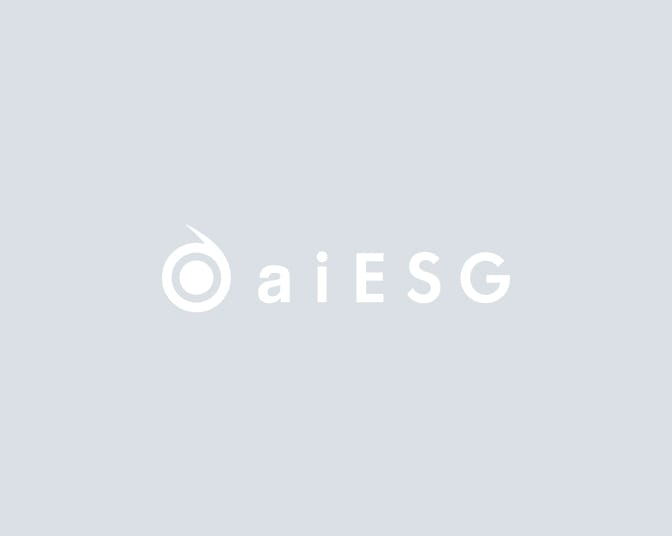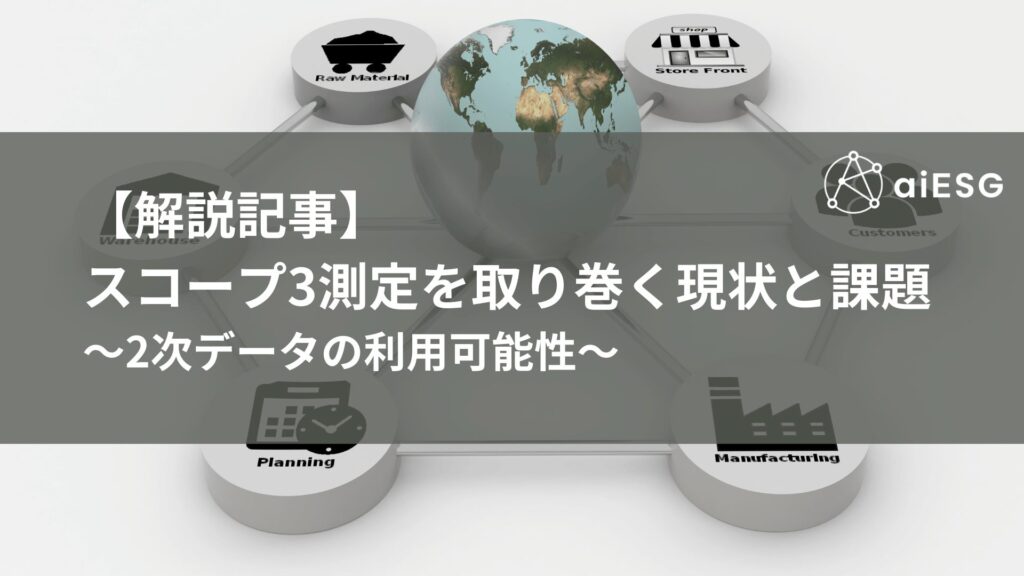INDEX
On April 23, 2024, the International Sustainability Standards Board (ISSB) announced that biodiversity, ecosystems and ecosystem services (BEES), and human capital will be key themes for the next two years. The ISSB announced that biodiversity, ecosystems and ecosystem services (BEES), and human capital will be the main themes for the next two years.
This article explains the background of the above ISSB announcement, why BEES and human capital were selected as the main themes for the next two years, and the future impact on Japan.
Commentary] ISSB's Latest Trends - Biodiversity and Human Capital are now under Consideration.
https://aiesg.co.jp/topics/report/240618_issb2/
We hope that this article will help you to better understand the situation. Please take a moment to read it.
Related page
Report List : Regulations/Standards
Commentary] ISSB - Global Baseline for Sustainability Disclosure
Commentary] SSBJ (Sustainability Standards Board Japan) Deliberation Trends - Scope 3 Disclosure Standards in Japan
Commentary] Non-Financial Capital: Trends in Human and Natural Capital - Disclosure Regulations and Guidelines in Japan and Overseas
The Importance of Social Aspects in Nonfinancial Information Disclosure



の立ち上げとロードマップ-~People-in-Scopeより~-min-1-1024x683.png)











